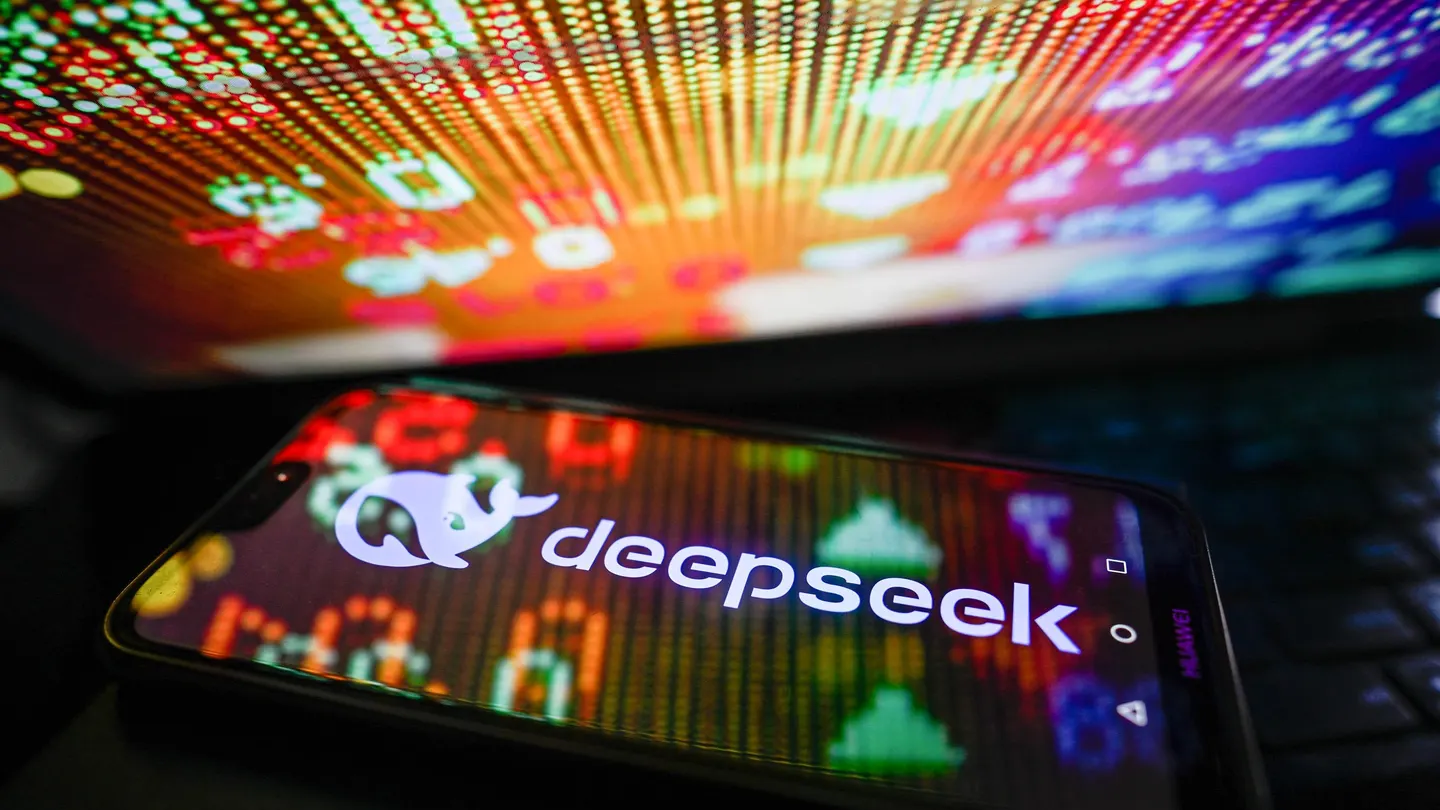The Chinese AI company, DeepSeek, caught the entire AI market by surprise. Just days after Chinese AI company DeepSeek stunned the industry with its ChatGPT-like model, R1, OpenAI has struck back with Deep Research—a new agentic AI capability aimed at revolutionizing knowledge synthesis and online research.
DeepSeek’s R1 model, built at a fraction of OpenAI’s budget, left the industry reeling with its impressive performance. Even Donald Trump weighed in, calling it a “wake-up call” for American tech giants. Now, OpenAI is making a statement of its own with what could be its boldest move yet.
What is Deep Research?
OpenAI’s Deep Research is a highly autonomous AI agent embedded in the ChatGPT app and website, currently available exclusively to Pro users. It promises to conduct multi-layered online research, processing and synthesizing massive datasets—text, graphs, PDFs, and more—in just 5 to 30 minutes.
This isn’t just an upgrade; it’s a shift. Where past AI models struggled with real-world contextual challenges, Deep Research is designed to bridge that gap, bringing AI one step closer to true analytical prowess.
Can AI Replace Human Scientific Research?
The name Deep Research seems like a deliberate jab at DeepSeek, but beyond branding, it ignites a deeper debate: Can AI fundamentally replace human-driven scientific research?
OpenAI claims that “the ability to synthesize knowledge is a prerequisite for creating new knowledge.” In its vision for Artificial General Intelligence (AGI), AI-driven research is a milestone on the road to machines that don’t just process information—they generate new insights.
But is AI-led research just hyper-efficient synthesis, or can it actually drive groundbreaking discoveries? Scientific breakthroughs often stem from intuition, flashes of inspiration, and creative leaps—qualities AI doesn’t yet exhibit. While Deep Research may accelerate analysis and hypothesis testing, developing entirely new methodologies and challenging existing paradigms is another matter altogether.
The Pitfalls and Risks of AI-Led Research
For all its promise, Deep Research has clear weaknesses:
- Hallucinations & Overconfidence: AI still produces misleading or false conclusions, confidently presenting flawed reasoning as fact.
- Lack of Uncertainty Awareness: Unlike human researchers, AI struggles to recognize its own limitations—a cornerstone of honest scientific inquiry.
- Merging with Action-Taking AI: OpenAI recently introduced Operator, an AI capable of executing real-world tasks. The prospect of combining AI-led research with automated decision-making is both thrilling and unsettling.
For now, using AI for booking a table or ordering groceries requires little scrutiny. But what happens when AI-driven research directly influences medical diagnoses, policy decisions, or scientific breakthroughs?
Deep Research: A Scientific Revolution or an AI Overreach?
OpenAI’s Deep Research is undeniably a game-changer. It offers speed, breadth, and analytical depth never before seen in AI research tools. But is faster research the same as better research?
AI’s real challenge isn’t just about processing more data faster—it’s about learning to question, challenge, and innovate in ways that mirror human creativity.
As AI inches closer to reshaping research, the fundamental question remains: Is this the dawn of a new AI-powered enlightenment, or are we hurtling toward a world where AI merely reorganizes knowledge rather than truly expanding it?
What do you think—does AI have the potential to replace human researchers? Drop your thoughts in the comments!

